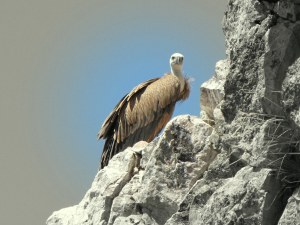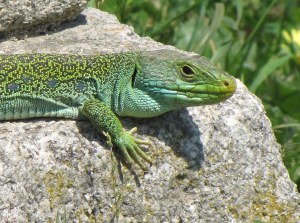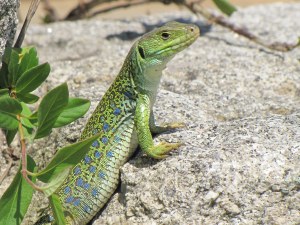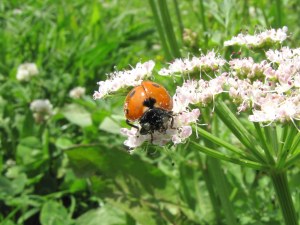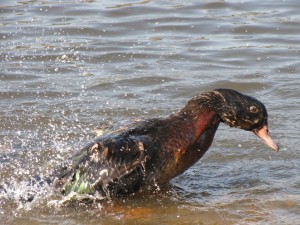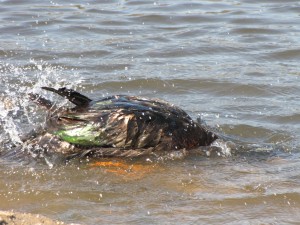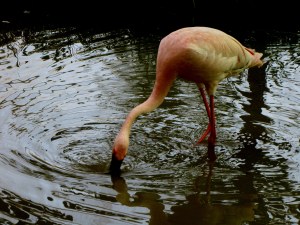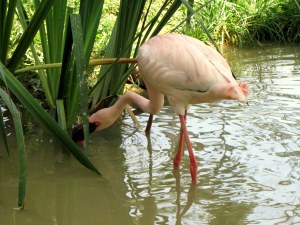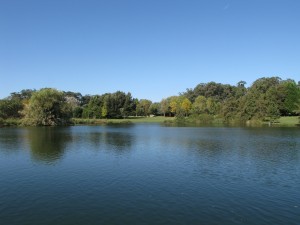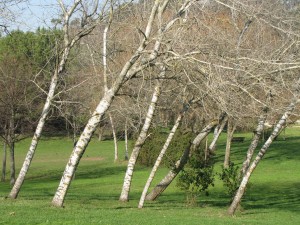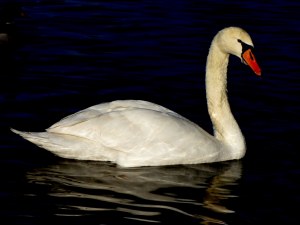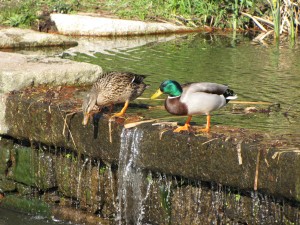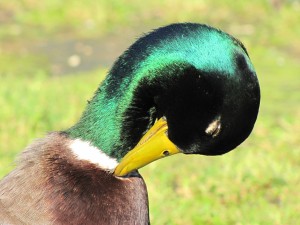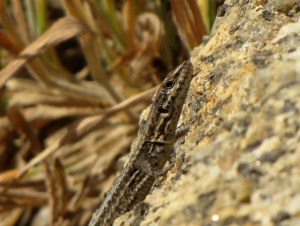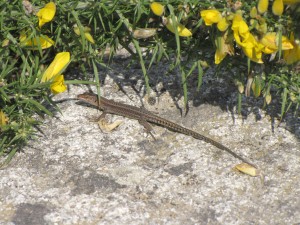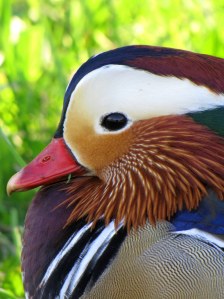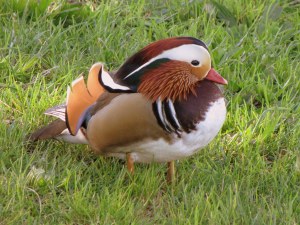“Bertiandos and São Pedro de Arcos Lagoons Protected Landscape” is a protected landscape in Portugal. It is one of the 30 areas which are officially under protection in the country, under the Rede Natura 2000 classification.
It is a wetlands Nature Reserve with around 350 hectares, divided between Bertiandos, São Pedro de Arcos, Estorãos, Moreira do Lima, Sá and Fontão parishes of Ponte de Lima, northern Portugal.
…
A Paisagem Protegida das Lagoas de Bertiandos e S. Pedro d’Arcos encontra-se classificada como paisagem protegida, fazendo parte da Reserva Ecológica Nacional, incluída na Rede Natura 2000.
A reserva tem cerca de 350 hectares que se estendem pelas freguesias de Bertiandos, São Pedro de Arcos, Estorãos, Moreira do Lima, Sá e Fontão.
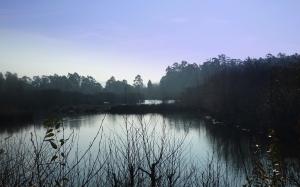
The “S.Pedro de Arcos lagoon” is a rare example of continental wetlands, developed in a natural depression land zone, which permanent/semi-pernament flooding. It’s feeded in one hand, through the channels that receive the water proceeding from hydrographic basin and from the traditional watering of the “Estorãos river” and, in the other hand, through the floods by the water table rising.
…
A Lagoa de São Pedro d’Arcos é um raro exemplo de zonas húmidas continentais que se desenvolve numa zona de depressão natural do terreno com inundação permanente/semi-permanente. É alimentada por um lado, através dos canais que recebem a água proveniente da bacia hidrográfica e do regadio tradicional o Rio Estorãos e, por outro lado, através das cheias pela subida do lençol freático.
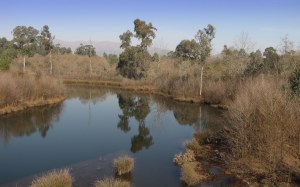
Lagoas de Bertiandos e São Pedro D’Arcos
Location: Ponte de Lima (PORTUGAL)
Fauna:
Mammals – Eurasian River Otter, Squirrel, Roe deer, Beech marten, Wild boar, Common genet, Fox, Rabbit, Shrew, Mice, Vole, etc.
Birds – Grey heron, Common kingfisher, Wild duck, Woodpecker, Owl, Skylark, Stonechat and Meadow pipit, etc.
Reptiles – Salamander, Marbled newt, Ocellated lizard, Small lizard, Montpellier snake, Grass snake, etc.
Amphibians – Frog, Toad, etc.
Fish: Barbel, Trout, Eel, etc.
…
Mamíferos – Lontra, Esquilo, Cervo, Fuinha, Javali, Gineta, Raposa, Coelho, Musaranho, Rato, etc.
Aves – Garça, Guarda-rios, Pato-real, Pica-pau, Mocho, Cotovia, Cartaxo-comum, Petinha-dos-prados, etc.
Reptéis – Salamandra, Lagartixa, Sardão, Cobra-de-água, Cobra-rateira, Tritão-marmoreado, etc.
Anfíbios – Rã, Sapo, etc.
Fish: Barbel, Trout, Eel, etc.
+ Info
http://www.lagoas.cm-pontedelima.pt/ver.php?cod=0X
